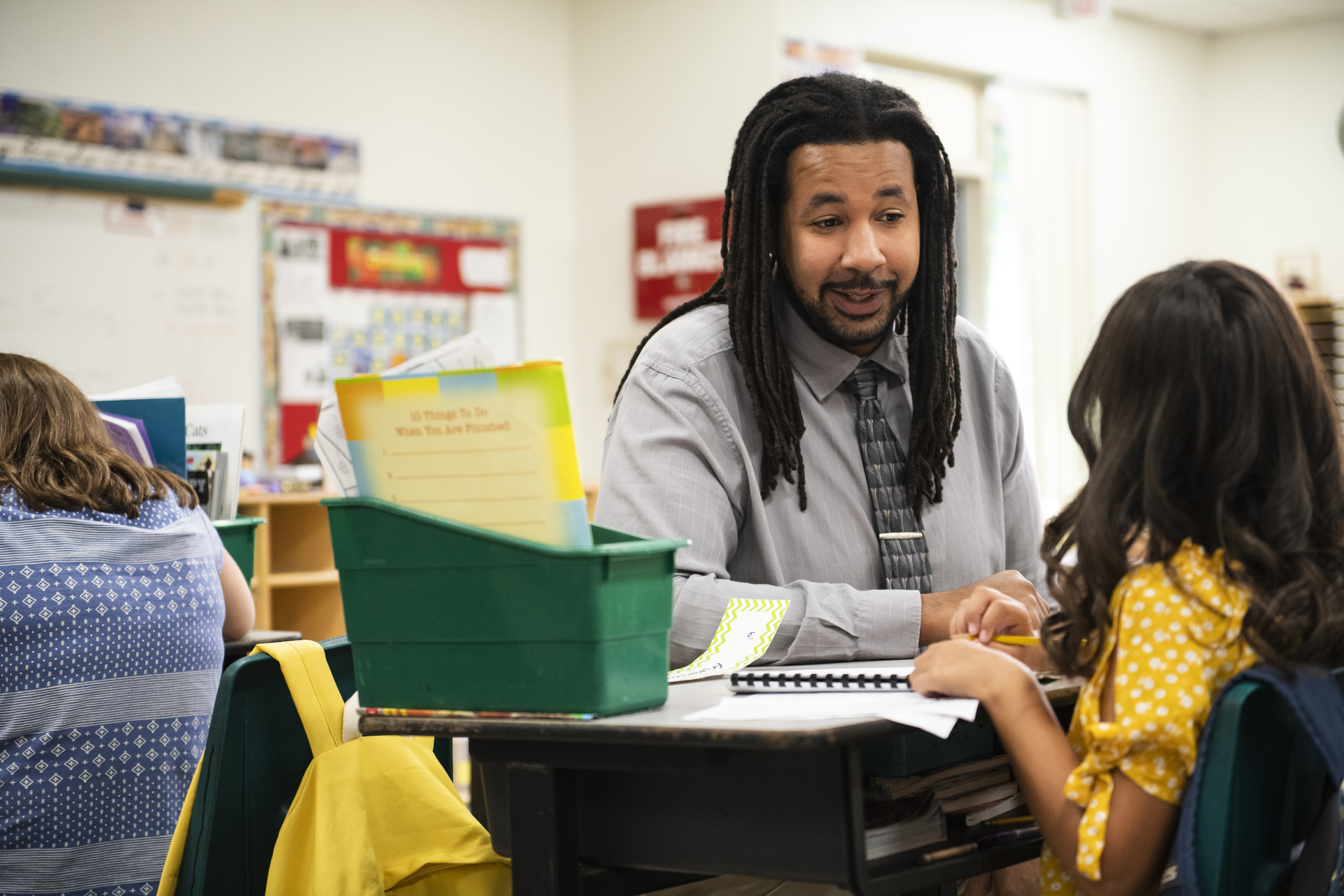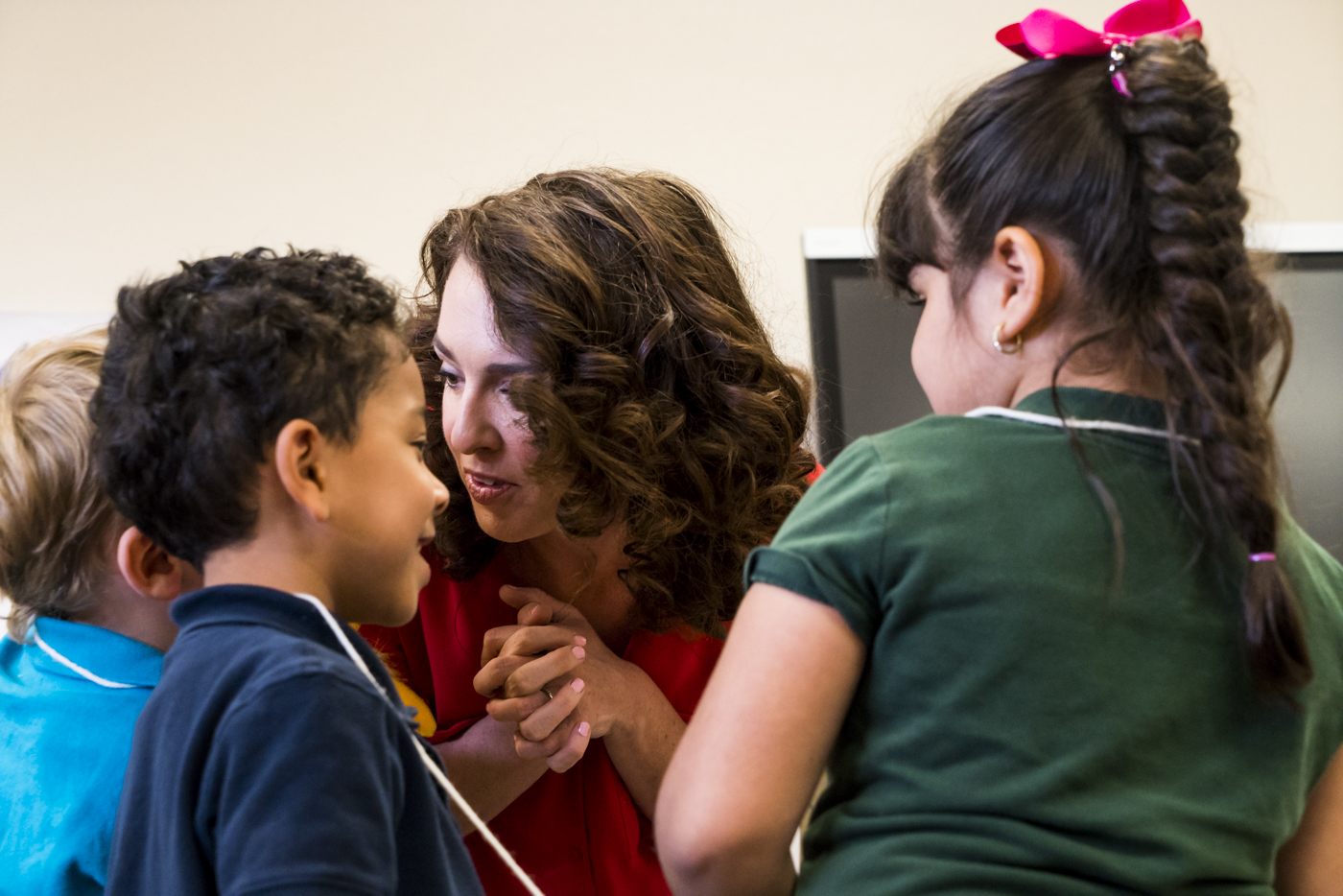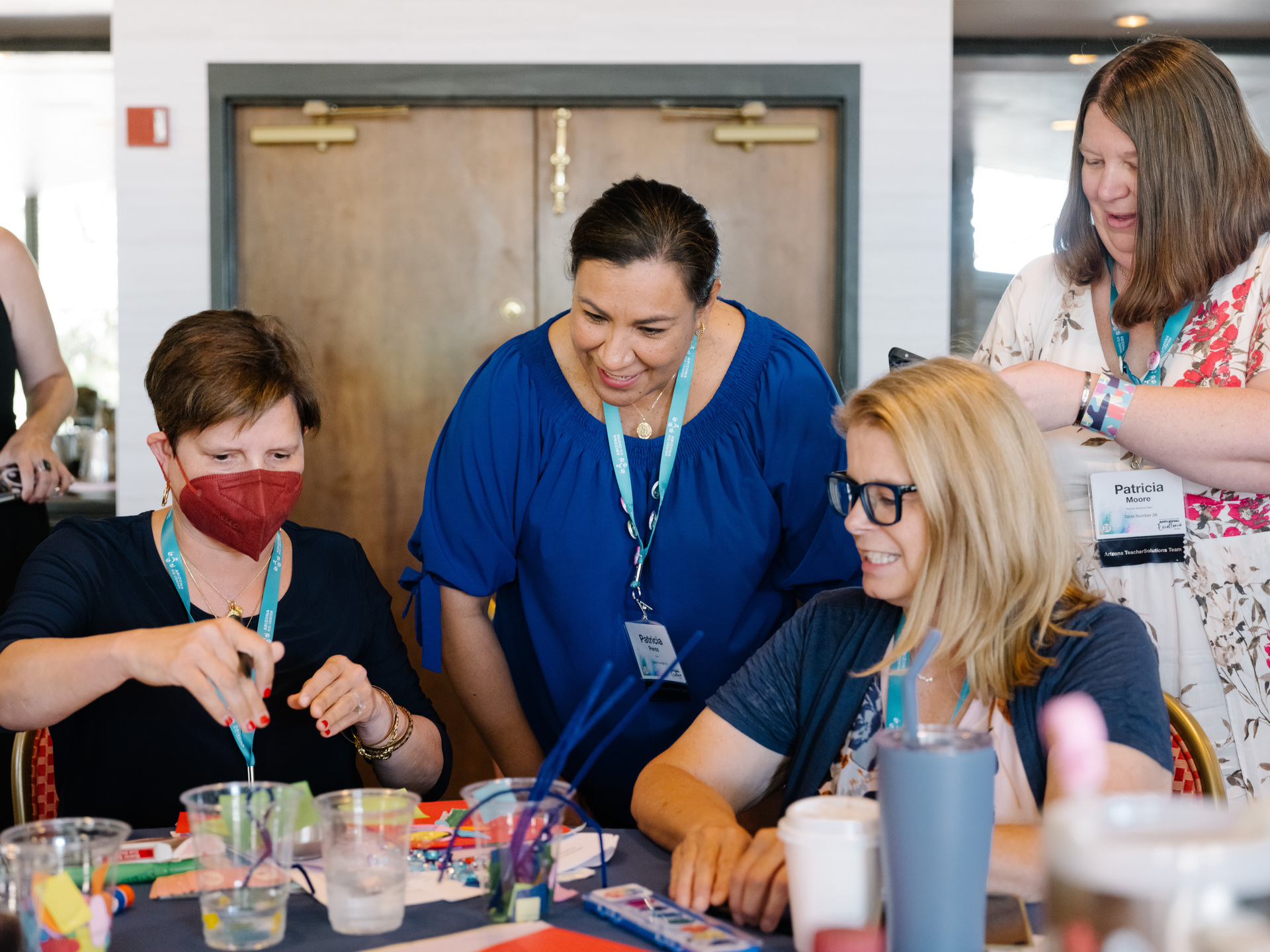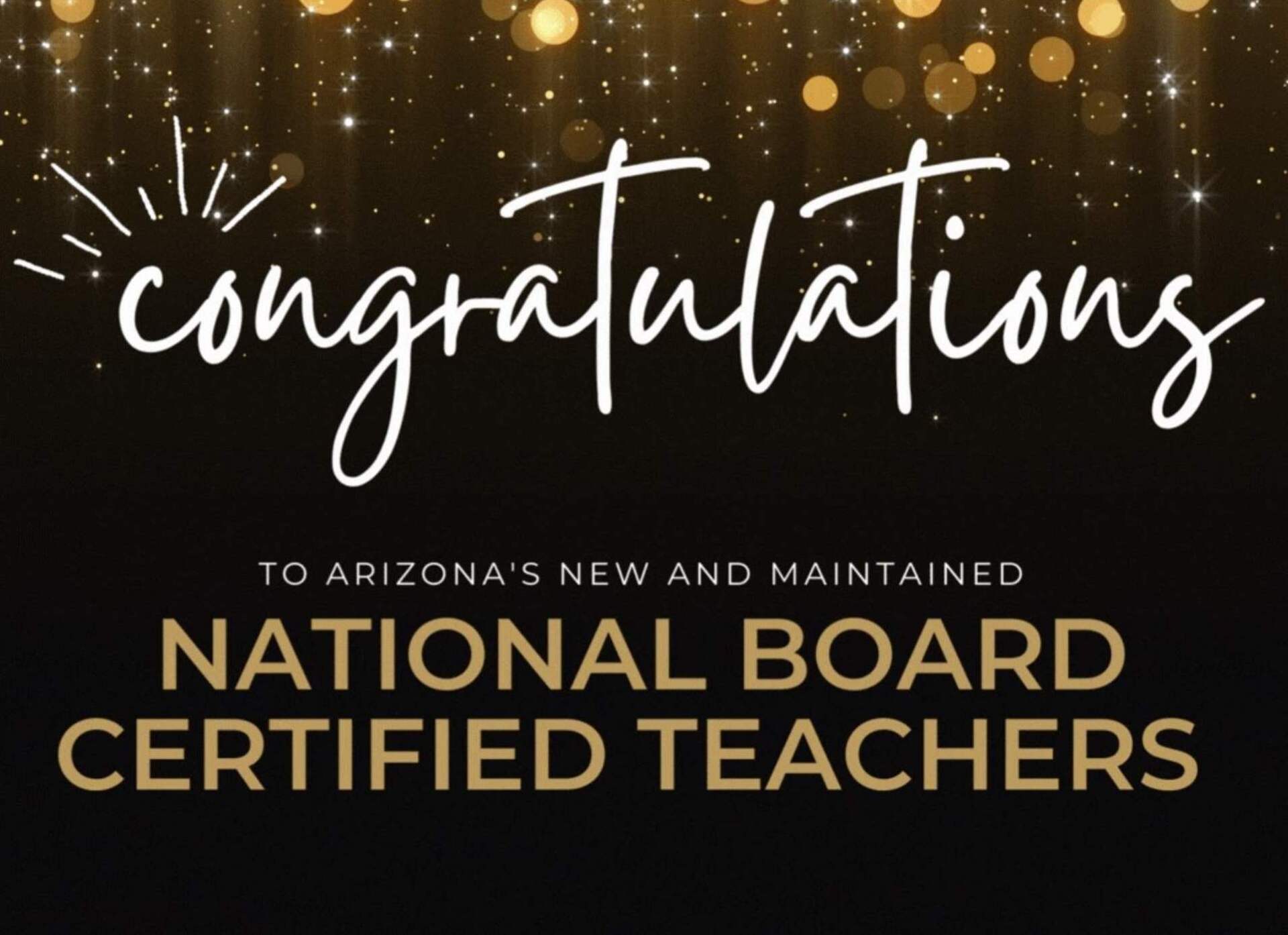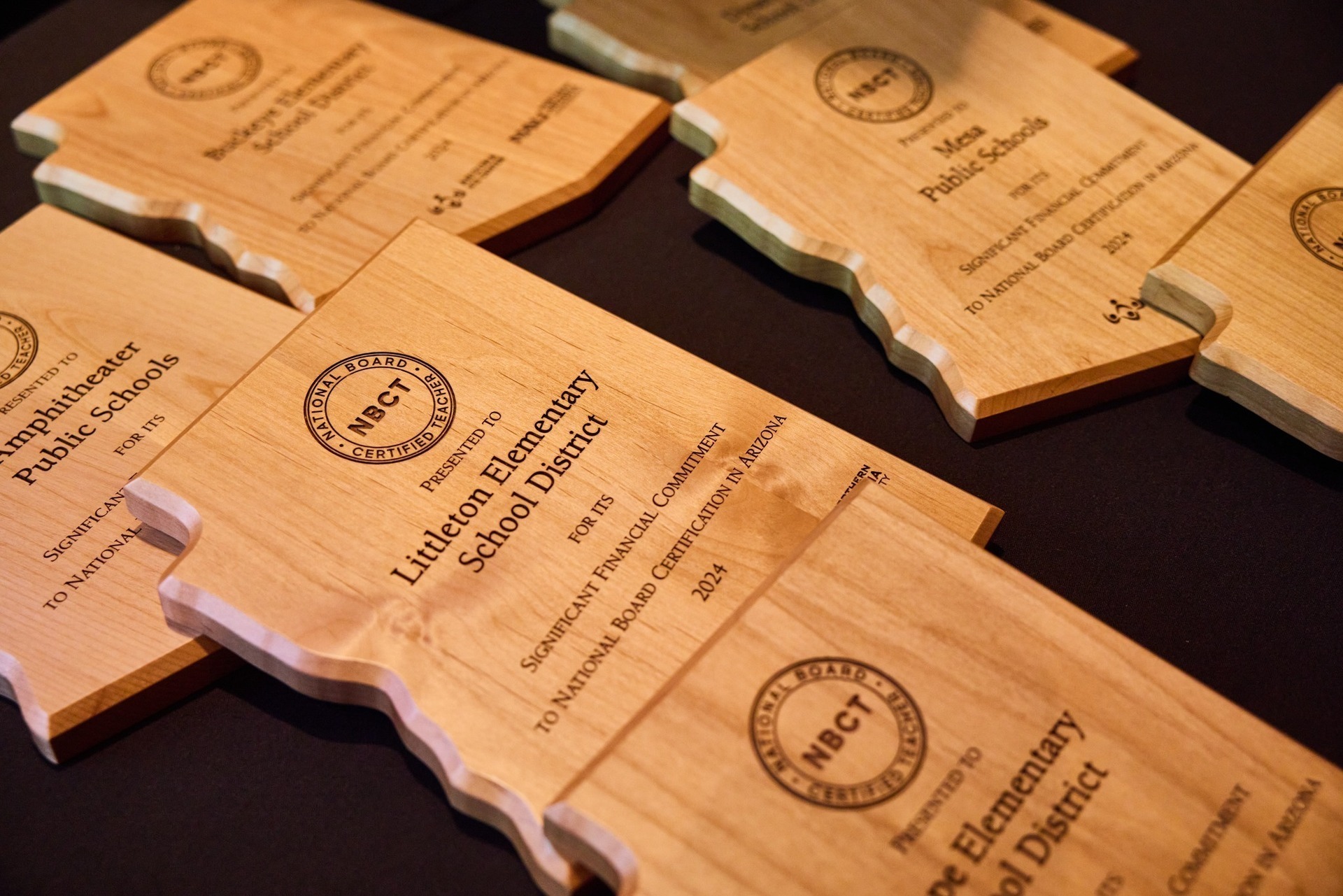Getting to Know Your English Learner Students
Inez Ramirez has clear early memories of starting school.
“I felt so lost and overwhelmed and so scared because I didn’t understand what teachers were saying,” she recalls of being a young English learner. She often thought she was in trouble when teachers would point and repeat things to her.
She has used those memories to inspire how she wants English learners to feel walking into her space. Ramirez spent eight years working with English learners in Maricopa Unified School District and has worked more than 12 years in education.
“It’s my responsibility to be able to help my students feel safe in my classroom, that they feel that I see them and that they feel that I hear them,” she explains. “If a student feels safe and they trust you, they’ll learn.”
Here are three strategies Ramirez recommends for getting to know your English learners, which helps set the stage for learning.
Connect with families
Once you have your classroom roster, find ways to reach out and connect with the families of your students. That could be a postcard or a phone call. If you’re able to find out their home language, work with translators at your school to make materials and conversations accessible in their language.
Even if you are working with a translator, or someone else in the household who speaks the language, Ramirez recommends being aware of your tone. Your demeanor and tone of voice can communicate the kind of connection you want to make with families even if they are relying on someone else for the direct translation.
Ramirez would also look for opportunities to connect with families throughout the year. She started hosting “Dinner with Mrs. Ramirez” on parent-teacher conference days, where she decorated her classroom tables with tablecloths and simple centerpieces and provided pizza to students’ families.
“Having those relationships with your parents, it’s so important for the success of those students,” she says. “Be understanding and caring, show them respect, and let them know that you are available. You’re there for them.”
Survey
Ramirez recommends crafting a survey for students to share some about themselves. This can be a classroom group activity or a take-home activity to be filled out with their families.
“You can design it how best works in your classroom for your student population,” she explains.
Ramirez would ask about favorite foods, favorite cartoons, some questions about culture, and what information the student or family would like her to know to help that student learn best.
Be ready to learn
Teachers of English learners must be culturally responsive and that includes building your own cultural competence. Ramirez suggests teachers of English learner students try to research students’ home cultures or communities. But that can also be integrated into classroom learning.
Around the holiday season, for example, Ramirez would create an activity for students to present about the significant holidays for their family or community and how they celebrate them. This provides a learning opportunity for both the teacher and everyone in the class. Students could share about a traditional dish, song, outfit, or other information associated with that holiday. Activities like these are easier later in the year when students are both feeling more comfortable with English and in your classroom, Ramirez notes.
Find four tips from Ramirez on how to support your English learners’ transition to your classroom at this link.
